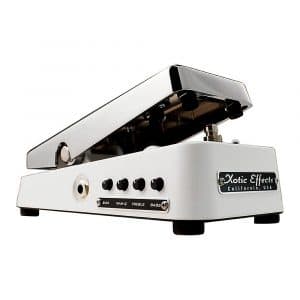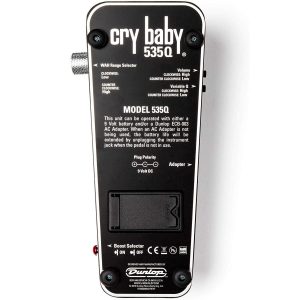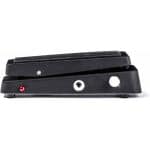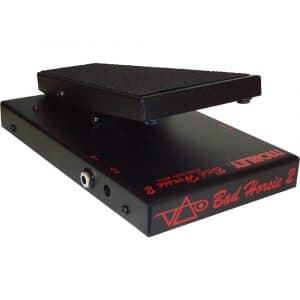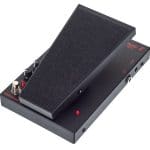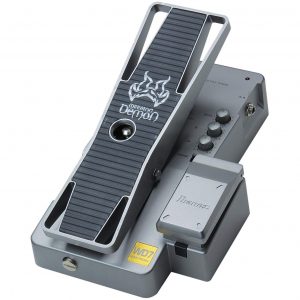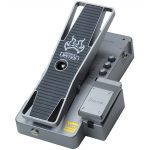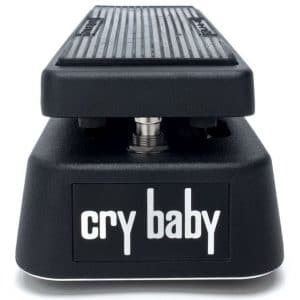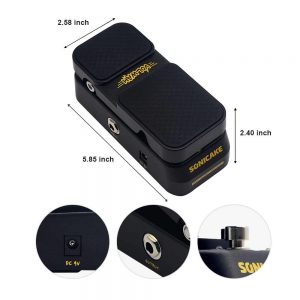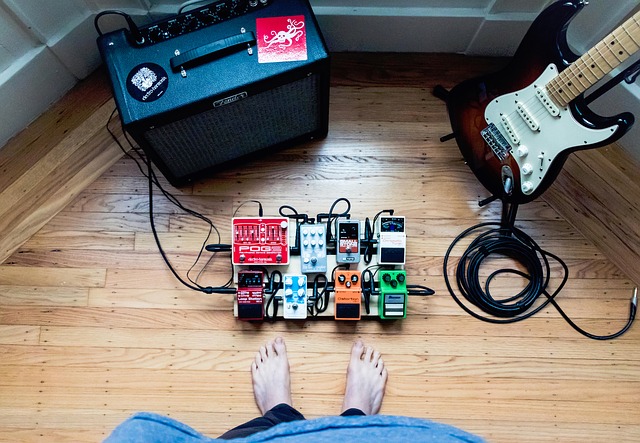What do you need a wah pedal for?
If you are a proficient electric guitar player, you might need to go solo in a particular set. The sound produced by electric guitars is usually similar in most cases, depending on the type of electric guitar. You can use the wah pedal to spice up a song or add an exciting dynamic to your music. The name wah-pedal is indicative of the type of sound produced by the device in conjunction with an electric guitar.

How to set up a wah pedal
Once you get a wah pedal delivered from Amazon, you will need to set it up so that it is connected to your electric guitar and amplifier, as well. Being that it is an electronic piece of equipment, the first thing to do is to turn the main power off.
The crucial next step is to hook up the pedal and amplifier to power. Of course, if the wah pedal is battery powered like the Morley VAI-2 Steve Vai Bad Horsie 2, then you don’t have to hook it up to an electric socket. You then need to plug in the guitar and the amplifier in the input and output, respectively. It is at this point that you turn the main power back on, followed by turning on the pedal in addition to the amplifier.
Once you are done with the above, you can adjust the pedal settings depending on what you want your output to be. Noteworthy is the fact that not all wah pedals have the same capabilities, so you should factor this in as well before you make the purchase. You can then go on your way to experiment with different songs and sounds to see how best to make use of the pedal.
Features to consider when choosing a wah pedal
The best guitar wah pedal is differentiated from other wah pedals by the features included. One might even say features form a critical point in determining the usefulness of individual devices. You should, therefore, carefully deliberate on the features you want to be included in your wah tool. The surefire way to do this is if you understand wah pedals and their characteristics in general. This is why they have been listed below in addition to their descriptions.
Optical or mechanical?
For those unfamiliar with a potentiometer, it is a mechanical device with a resistor component that slides down when there is a weight on it. In this case, the foot will put weight on the pedal, and the pedal will put weight on the potentiometer bringing it down. Once you take off your foot, the resistor will revert to its original position; hence, the pedal will also be lifted. The level at which the resistor has gone up or down is used to adjust the wah sound output.
On the other hand, we have the optical-type devices, and these use light to determine how far up or down the foot pedal is. This information is then used to adjust the bass and treble of the device.
The benefit of this type of wah pedal is that it is highly unlikely that the device will wear off since there is no potentiometer.
Analog or digital?
This is an area you have to consider whether you are buying a wah pedal or any other type of pedal for your guitar. The analog option provides what is deemed to be an unadulterated or unchanged version of the music you play on the guitar. On the other hand, a digital pedal will have several points of contact, unlike that of the analog, where the flow of sound is continuous. There is even conversion of analog to digital information then back again to analog as the music reaches the amplifier. Analog pedals are thus considered to give a more natural sound.

Size
Where size is concerned, dimensions come into play. As you can see from the Morley PDWII Pro Series II, the size of the wah pedal may even come to be a hindrance if it ends up affecting other settings and knobs. Smaller devices may be preferable as they take up less space in your studio or on stage. This also avails you the option of attaching a few more pedals to your guitar setup.
The range of the sound
With a broader range of sound, there are more possibilities as to what you can do with your wah pedal. The Dunlop 535Q Cry Baby Multi-Wah does well in this regard, even allowing you to shift the center of the effect.
Other features
Once you do your research well enough, you will come across a few wah pedals with extra features. These may include warranties, variations in design that add functionality, and more. The Ibanez WD7 Weeping Demon wah pedal, for example, has an auto-wah mode not present in other devices. These features may be the reason why you end up purchasing a particular device.






